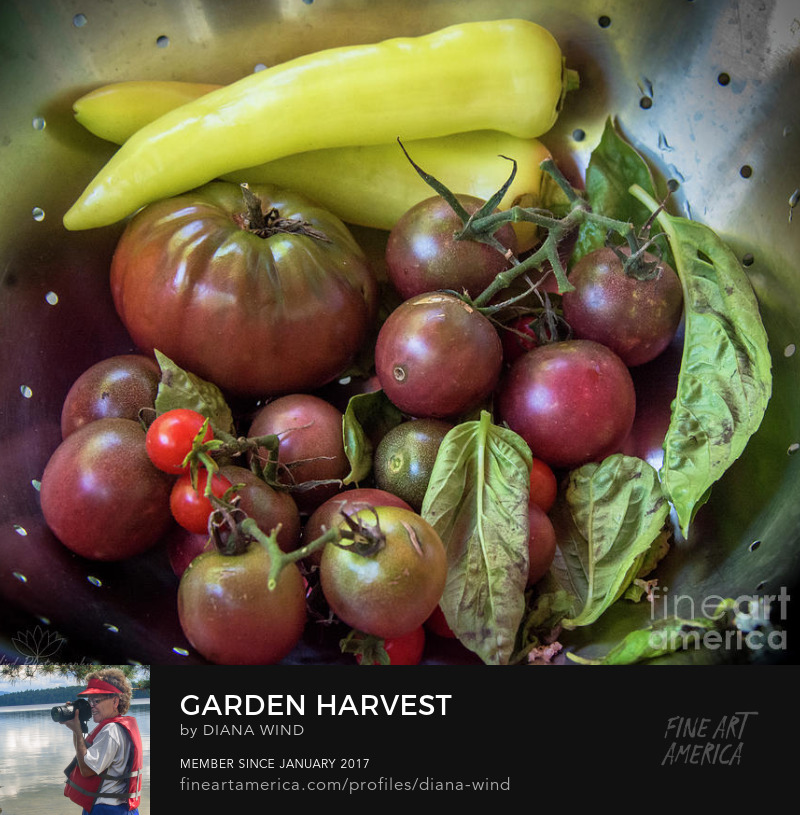Wheaton Arts ECO Fair
Keynote Speaker
Dr. Doug Tallamy
Keynote Speaker
Dr. Doug Tallamy
WHEN
Saturday, May 7th, 2016
at 1:30 pm
The presentation will be followed
by his book signing: Bringing Nature Home
WHERE
1000 Village Dr, Millville, NJ
COST
FREE!
CU Maurice River invites anyone who gardens, would like to garden, and/or who would like to support local biodiversity to attend Dr Tallamy's presentation.
Wheaton's ECO Fair will be open 10 am to 5 pm and will also feature local NJ Artists, Nature Walks and a Rain Barrel Workshop!
photo Copyright (C)Wind. All rights reserved.





































